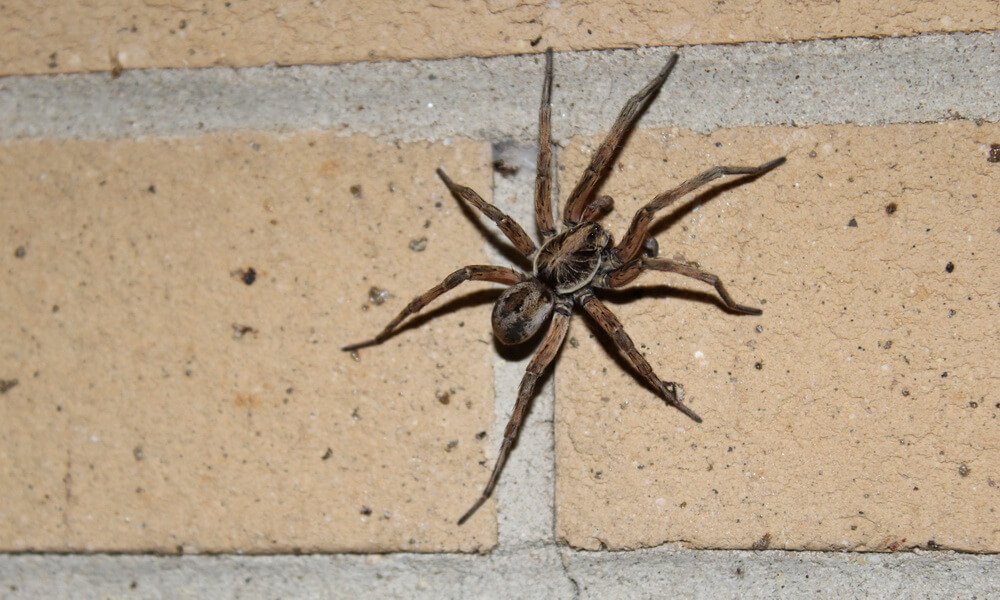Grass spiders, wolf spiders, and hobo spiders are three common spider species. With their long, thin bodies and their ability to build funnel-shaped webs, grass spiders are known for their preference for grassy areas.
On the other hand, wolf spiders are hunters that do not create webs and instead rely on their speed and agility to catch prey. Finally, hobo spiders are known for their bite, which can cause necrotic wounds in some cases.
Understanding the differences between these spider species is important for both identification purposes and to dispel any myths or misconceptions about their behavior and potential risks.

Credit: thanoshome.com
Table of Contents
Frequently Asked Questions On Grass Spider Vs Wolf Spider Vs Hobo Spider
Q: What Is The Difference Between A Grass Spider, A Wolf Spider, And A Hobo Spider?
A: grass spiders are harmless and build funnel-shaped webs. Wolf spiders are large and hunt prey on the ground. Hobo spiders have a violin-shaped marking on their back and may deliver a painful bite. It’s important to identify these spiders correctly, as they have different behaviors and levels of danger.
Q: Are Grass Spiders Venomous?
A: grass spiders are venomous but pose no threat to humans. Their venom is only effective against their prey, which consists of insects and other small creatures. If you come across a grass spider, there’s no need to worry about getting bitten or harmed.
Q: Can A Wolf Spider Bite Humans And Cause Harm?
A: yes, a wolf spider can bite humans in self-defense if they feel threatened. However, their bites are rarely harmful and usually result in mild pain, swelling, and redness. It’s important to clean the bite area and apply a cold compress to alleviate any discomfort.
Q: Are Hobo Spiders Dangerous To Humans?
A: while hobo spiders are venomous, they are not considered highly dangerous to humans. Their bites may cause localized pain, redness, and mild tissue damage. However, severe symptoms or complications are rare, and most bites can be treated with basic first aid and monitoring.
Q: What Should I Do If I Find A Grass Spider, Wolf Spider, Or Hobo Spider In My House?
A: if you find these spiders in your house, it is generally safe to remove them using a glass and paper method to avoid direct contact. If you are concerned about an infestation, it’s best to contact a pest control professional for proper identification and control measures tailored to your specific situation.
Q: How Can I Prevent Grass Spiders, Wolf Spiders, Or Hobo Spiders From Entering My Home?
A: to prevent spiders from entering your home, make sure all screens are free from holes and gaps, seal cracks and crevices, and keep your house clean and clutter-free. Spiders are attracted to dark and undisturbed areas, so regular cleaning and decluttering can help deter them from setting up their webs indoors.
Conclusion
To wrap up, understanding the differences between grass spiders, wolf spiders, and hobo spiders can help alleviate fear and enable more effective spider identification. While all three spiders might make you jump, they each have their unique characteristics. The grass spider is known for its intricate web-building skills and preference for outdoor habitats.
On the other hand, the wolf spider is a swift hunter, relying on its agility and speed to capture prey. Lastly, the hobo spider, although often misunderstood, is known to be a more docile spider, preferring to avoid confrontations if given the chance.
By recognizing the key traits of each spider, distinguishing between harmless and potentially harmful encounters becomes easier. Remember to respect and coexist with these fascinating creatures while taking necessary precautions for personal safety. With this knowledge, you can engage with spiders in a way that benefits both you and the environment.